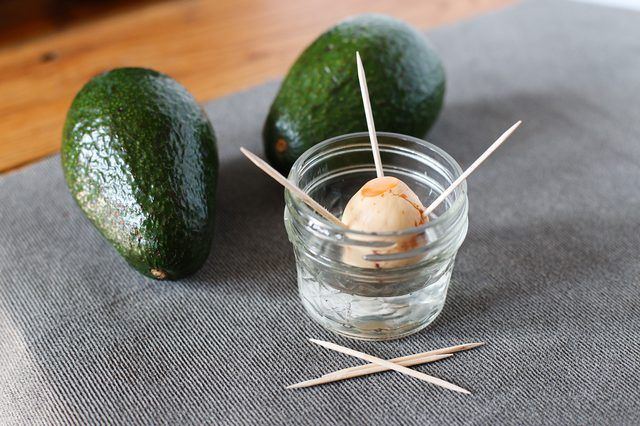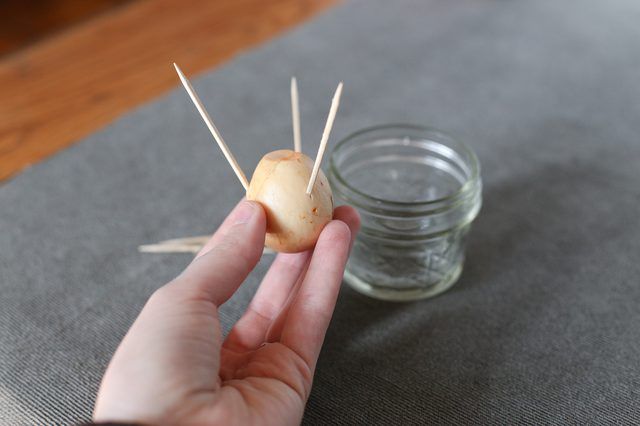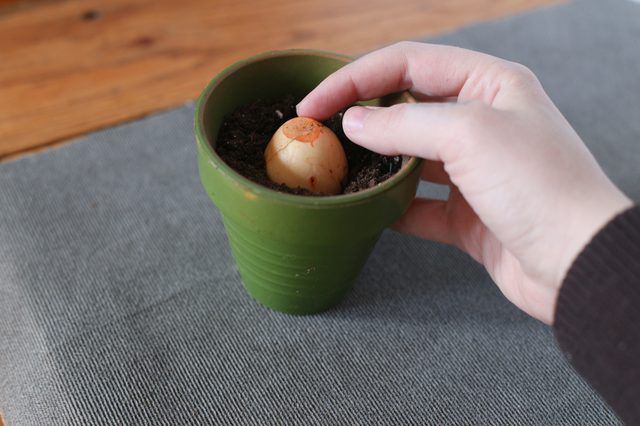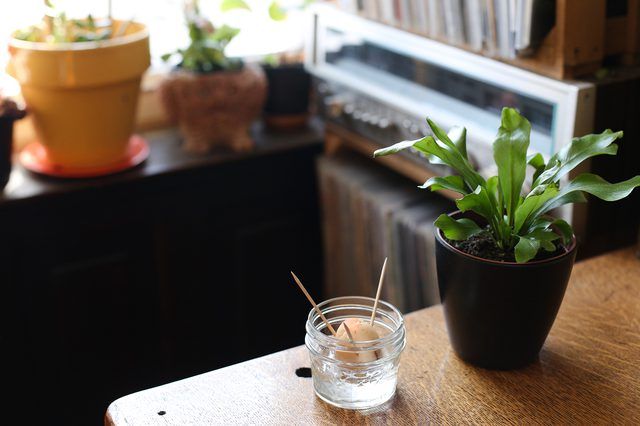Bulbs
Flower Basics
Flower Beds & Specialty Gardens
Flower Garden
Garden Furniture
Garden Gnomes
Garden Seeds
Garden Sheds
Garden Statues
Garden Tools & Supplies
Gardening Basics
Green & Organic
Groundcovers & Vines
Growing Annuals
Growing Basil
Growing Beans
Growing Berries
Growing Blueberries
Growing Cactus
Growing Corn
Growing Cotton
Growing Edibles
Growing Flowers
Growing Garlic
Growing Grapes
Growing Grass
Growing Herbs
Growing Jasmine
Growing Mint
Growing Mushrooms
Orchids
Growing Peanuts
Growing Perennials
Growing Plants
Growing Rosemary
Growing Roses
Growing Strawberries
Growing Sunflowers
Growing Thyme
Growing Tomatoes
Growing Tulips
Growing Vegetables
Herb Basics
Herb Garden
Indoor Growing
Landscaping Basics
Landscaping Patios
Landscaping Plants
Landscaping Shrubs
Landscaping Trees
Landscaping Walks & Pathways
Lawn Basics
Lawn Maintenance
Lawn Mowers
Lawn Ornaments
Lawn Planting
Lawn Tools
Outdoor Growing
Overall Landscape Planning
Pests, Weeds & Problems
Plant Basics
Rock Garden
Rose Garden
Shrubs
Soil
Specialty Gardens
Trees
Vegetable Garden
Yard Maintenance
How to Grow an Avocado Pit
How to Grow an Avocado Pit. If you have visions of growing your own avocado (Persea americana) tree to enjoy its luscious fruit, you’ll need to purchase a grafted seedling. A seed-grown avocado tree may take as long as 15 years before it bears fruit, and the fruit may not be as tasty as the parent fruit. But if you want to grow your own...
If you have visions of growing your own avocado (Persea americana) tree to enjoy its luscious fruit, youíll need to purchase a grafted seedling. A seed-grown avocado tree may take as long as 15 years before it bears fruit, and the fruit may not be as tasty as the parent fruit. But if you want to grow your own avocado plant as an ornamental house or garden plant, simply use the pit from an avocado the next time you make a batch of homemade guacamole.

After you remove the pit from an avocado, rinse it thoroughly in water to remove all the flesh and place it out of direct sun to dry slightly. After only a couple of days -- donít let it dry out longer than this -- remove the outer skin by peeling it away, and cut 1/4 inch off the top of the narrower, pointed end. The seed will germinate whether you remove the skin or cut the top off, but typically it germinates more readily if you take these extra steps.

With the narrower end up, skewer the avocado pit around its center using three toothpicks, equally spaced around the pitís girth. Leave enough of the toothpick lengths outside of the pit so they can rest on the rim of a glass. Fill the glass with water until the bottom one-third of the pit is submerged. Maintain this water level by refilling the glass as the water evaporates, and replace the water as needed to keep it clean. Place the glass in a brightly lit location out of direct sun. The seed typically germinates in a couple of weeks by forming a white root that grows into the water, followed by a shoot that grows upward from the pit. When the roots are 2 to 3 inches long, remove the toothpicks from the avocado pit and plant it in a 6- or 8-inch container filled with potting mix. Make sure the container has drainage holes.

You can also root an avocado pit by sowing it directly into soil. Generally, pits that root in soil produce stronger plants than those started in water. Place potting mix into a 6- to 8-inch container that has drainage holes, and position the avocado pit in the center of the pot, with the broad end touching the soil. Press the pit into the mix, with one-third of the seed remaining above the soil line. Place the container in a bright location out of direct sun, and keep the soil evenly moist but not soggy until the seed sprouts.

Regardless of the sprouting method you choose, after your avocado pit has sprouted, place its container in a sunny window with filtered light. Windowpanes amplify the sunís rays, so too much direct sun coming through a window may burn the leaves. If you live in U.S. Department of Agriculture plant hardiness zones 10 through 12, where avocado is a perennial, you can plant your seedling in a container outdoors or transplant it directly in the ground in a sunny location. Keep the soil evenly moist, but not soggy. Fertilize the plant twice each month during the spring and summer months with a water-soluble houseplant fertilizer, such as 20-20-20. Typically, you mix 2 teaspoons of fertilizer per gallon of water, but follow the specific label guidelines.

When the stem is 6 inches tall, prune away the top 3 inches. When the new growth reaches 6 inches, pinch out only the growing tips on each branch. Continue pinching only the tips of each new branch as often as needed to maintain a bushy plant. Pinch-pruning only the growing tips forces the avocado plant to form multiple branches instead of becoming leggy with one tall stem. Disinfect pruning tools by soaking them for five minutes in a solution of 1 part household pine-oil cleaner and 3 parts water, and rinse the tools with water before using them. Wash your hands with soap and water before pinch-pruning plants.
